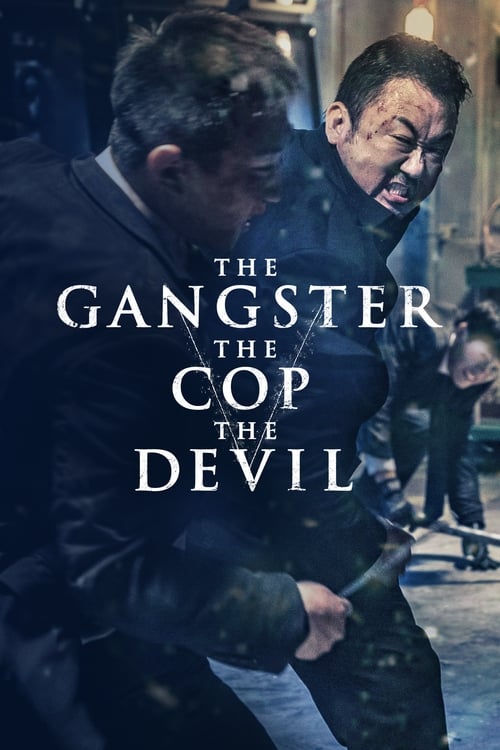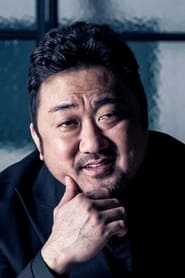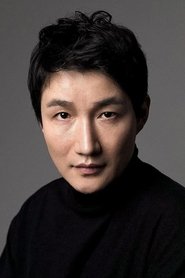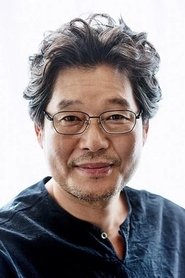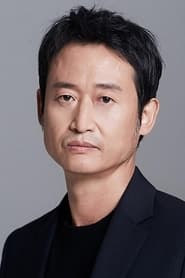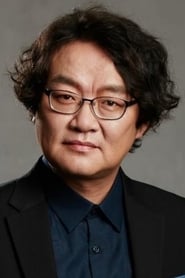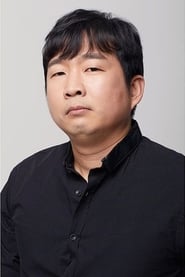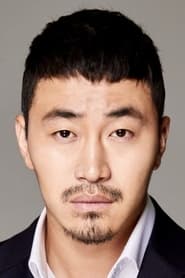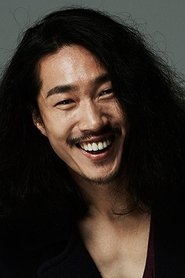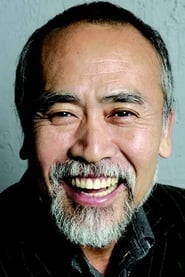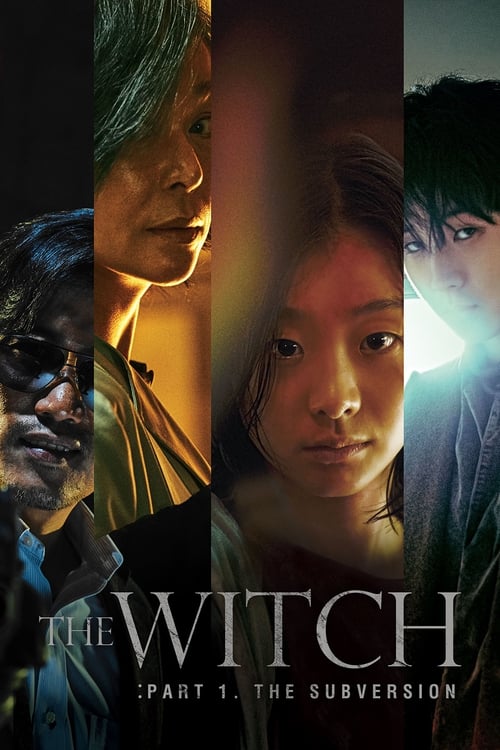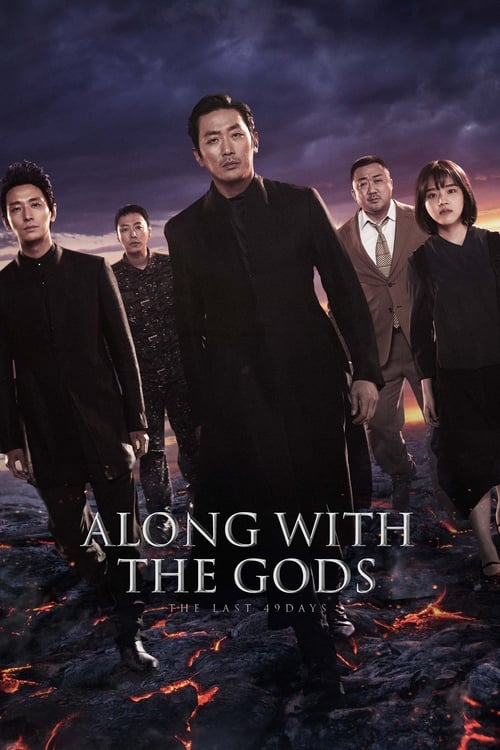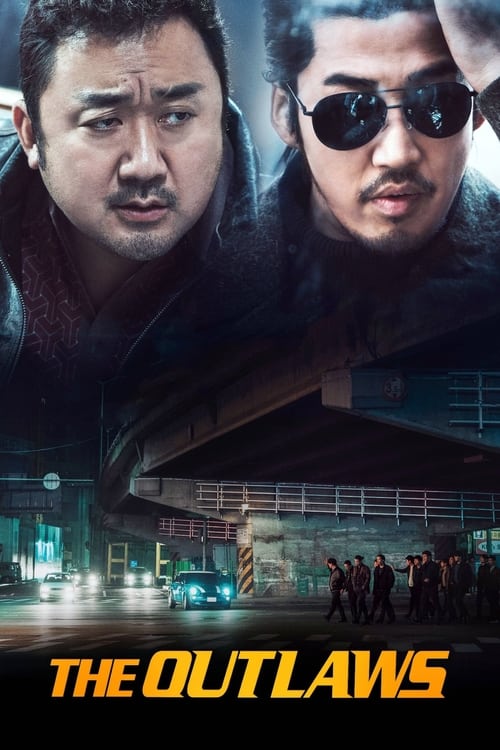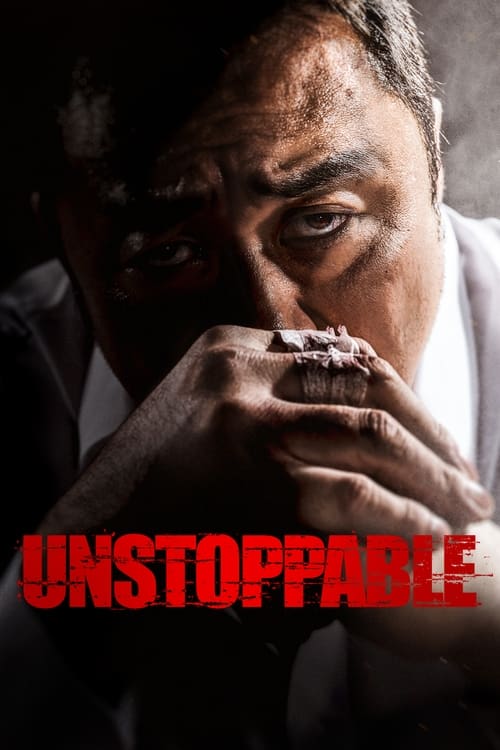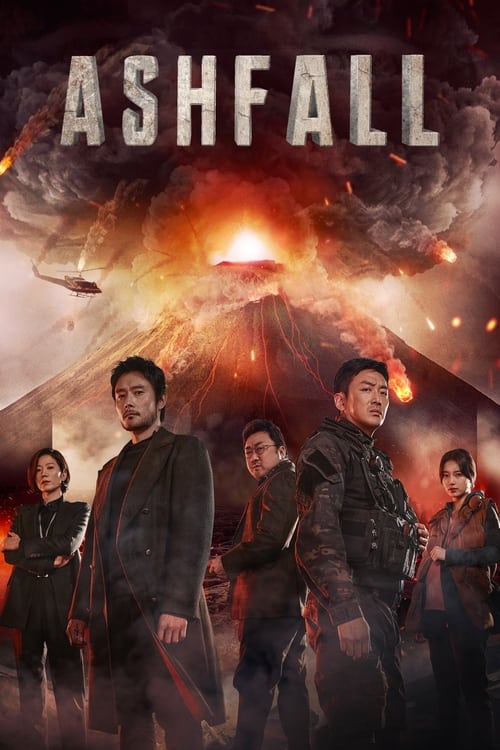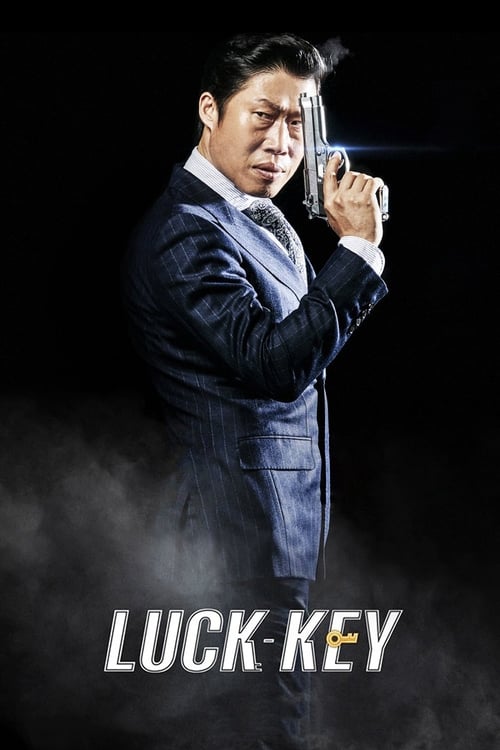
Ask Your Own Question
What is the plot?
What is the ending?
In the ending of "The Gangster, the Cop, the Devil," the film culminates in a tense confrontation between the main characters. The gangster, Jang Dong-soo, and the cop, Jung Tae-seok, join forces to take down the serial killer, who has been terrorizing the city. In a climactic showdown, they confront the killer, leading to a violent and chaotic battle. Ultimately, the killer is defeated, but not without significant consequences for all involved. Jang Dong-soo is left with a sense of unresolved conflict, while Jung Tae-seok grapples with the moral complexities of their alliance.
As the film approaches its conclusion, the tension escalates dramatically. The scene opens with Jang Dong-soo, the gangster, nursing his wounds from a previous encounter with the serial killer. He is a man marked by violence, yet there is a flicker of determination in his eyes. He knows that the killer, who has evaded justice, poses a threat not only to him but to the entire city.
Meanwhile, Jung Tae-seok, the cop, is seen in his office, poring over evidence and trying to connect the dots of the murders. His frustration is palpable; he feels the weight of the city's safety on his shoulders. The two men, despite their differences, realize they must work together to bring the killer to justice. This alliance is fraught with tension, as both men are driven by their own motivations--Dong-soo seeks revenge, while Tae-seok is committed to upholding the law.
The narrative shifts to a dark, rain-soaked alley where the killer is known to strike. The atmosphere is thick with suspense as Dong-soo and Tae-seok set a trap, using Dong-soo as bait. The scene is charged with anticipation; the camera captures the raindrops falling heavily, mirroring the weight of their impending confrontation. As they wait, Dong-soo's internal struggle is evident; he is torn between his instinct for violence and the desire for justice.
When the killer finally appears, the tension reaches a boiling point. The confrontation is brutal and raw. Dong-soo, fueled by rage, charges at the killer, while Tae-seok provides backup, trying to maintain control of the situation. The fight is chaotic, with punches thrown and weapons drawn. The choreography of the fight is visceral, showcasing the desperation of both the gangster and the cop as they battle a common enemy.
As the fight unfolds, the killer reveals his cunning nature, using the environment to his advantage. However, Dong-soo and Tae-seok's combined efforts begin to turn the tide. In a pivotal moment, Dong-soo manages to overpower the killer, but not without sustaining serious injuries himself. The camera lingers on Dong-soo's face, capturing the mix of triumph and pain as he finally confronts the man who has caused so much suffering.
In the aftermath of the confrontation, the killer is subdued, but the victory feels hollow. Dong-soo, bloodied and battered, stands over the defeated killer, grappling with the reality of his actions. Tae-seok, though relieved, is also haunted by the moral implications of their alliance. The two men share a moment of understanding, recognizing the darkness that lies within both of them.
As the film draws to a close, Dong-soo walks away from the scene, his expression a blend of satisfaction and sorrow. He has avenged his friend and taken down a monster, yet the cost of this victory weighs heavily on him. Tae-seok watches him go, contemplating the blurred lines between justice and vengeance. The final shot lingers on the city, a place still shrouded in shadows, suggesting that while one battle has been won, the war against crime and moral ambiguity continues.
In the end, Jang Dong-soo is left to navigate his own path, forever changed by the events that transpired. Jung Tae-seok, on the other hand, is left with the burden of his choices, questioning the nature of justice in a world where alliances can be formed in the most unlikely of circumstances. The film closes, leaving the audience to ponder the complexities of the characters and the world they inhabit.
Is there a post-credit scene?
In "The Gangster, the Cop, the Devil," there is no post-credit scene. The film concludes its narrative without any additional scenes after the credits roll. The story wraps up with the resolution of the main conflict between the characters, leaving the audience with a sense of closure regarding the fates of the gangster, the cop, and the serial killer they are pursuing. The film focuses on the intense dynamics and moral complexities between these characters, culminating in a final confrontation that emphasizes themes of justice and survival.
What motivates the gangster, Jang Dong-soo, to team up with the cop, Jung Tae-seok?
Jang Dong-soo, a feared gangster, is initially motivated by survival after he becomes a target of a serial killer. After a near-fatal encounter with the killer, he realizes that he needs the help of the police to catch the murderer, which leads him to form an unlikely alliance with Jung Tae-seok.
How does Jung Tae-seok's character evolve throughout the film?
Jung Tae-seok starts as a dedicated cop who is frustrated with the bureaucracy of the police force. As he partners with Jang Dong-soo, he becomes more willing to bend the rules and take risks, driven by a personal vendetta against the killer and a desire for justice.
What is the significance of the serial killer's character in the story?
The serial killer serves as a catalyst for the main characters' development. His brutal methods and lack of remorse create a sense of urgency and danger, forcing Jang Dong-soo and Jung Tae-seok to confront their own moral boundaries and ultimately change their perspectives on justice.
How does the relationship between Jang Dong-soo and Jung Tae-seok develop throughout the film?
Initially, their relationship is based on mutual necessity, with Jang seeking protection and Jung seeking a lead on the killer. As they work together, they develop a grudging respect for each other, revealing layers of their personalities and motivations, ultimately leading to a complex partnership.
What role does the theme of betrayal play in the interactions between the characters?
Betrayal is a recurring theme, particularly as Jang Dong-soo and Jung Tae-seok navigate their alliance. Both characters face betrayal from their respective worlds--Jang from his criminal associates and Jung from the police system--leading to moments of tension and conflict that drive the narrative forward.
Is this family friendly?
"The Gangster, the Cop, the Devil" is not considered family-friendly due to its intense themes and graphic content. Here are some potentially objectionable or upsetting aspects:
-
Violence: The film contains several scenes of brutal violence, including graphic depictions of murder and physical assaults that may be disturbing to viewers.
-
Murder: The storyline revolves around a serial killer, and there are scenes that depict the aftermath of violent crimes, which can be unsettling.
-
Blood and Gore: There are moments that showcase bloodshed and gore, particularly in the context of the killer's actions, which may be too intense for younger audiences.
-
Strong Language: The dialogue includes strong language and profanity, which may not be suitable for children.
-
Themes of Crime and Corruption: The film explores dark themes such as crime, betrayal, and moral ambiguity, which may be heavy for sensitive viewers.
-
Emotional Turmoil: Characters experience significant emotional distress, including fear, anger, and desperation, which could be upsetting for some viewers.
Overall, the film's mature content and themes make it more appropriate for adult audiences.

